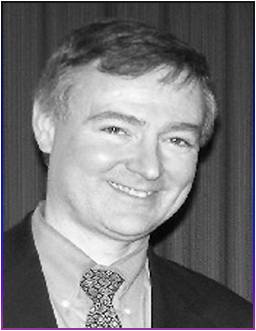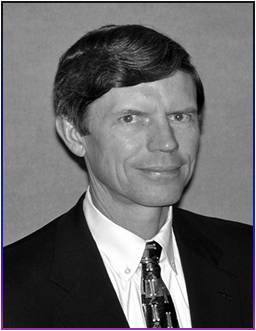Greetings from the DySPAN 2008 General Co-Chairs
Welcome to DySPAN 2008!
We are delighted to have Chicago host the event, providing an outstanding backdrop for the review and discussion of the exciting new technologies and systems, and the related and in many cases more challenging policy and economic models that will be required for the successful deployment of these critical dynamic access technologies. Happily, building on the successes of DySPAN 2005 in Baltimore and DySPAN 2007 in Dublin, the IEEE DySPAN Conference has firmly established itself as the premier forum for the discussion of all aspects of devices and networks that utilize spectrum on a dynamic basis. DySPAN 2008 further builds on these successes and brings to fore new cutting-edge research in the technology, policy, economic and legal dimensions of dynamic, decentralized access to the radio spectrum both on a consensual and non-consensual basis. Dynamic Spectrum Access Networks are rapidly emerging as the natural confluence of a variety of major trends including:
1. All easily usable spectrum is now allocated and in many case to more than one application, but in most cases, it is still not heavily used,
2. New applications, providing enormous benefits and pleasure to human-kind is driving ever increasing demand for more spectrum,
3. Existing and new applications are being ever more widely deployed
4. The demand for more data carrying capacity and data transmission performance is almost insatiable,
5. Hardware and software technology is enabling ever more complex policies and functionality especially supported by wide band frequency agile radios, software defined radio technology, and high speed, low power and low cost processing capabilities,
6. The rise of sophisticated government spectrum sharing policies and related legal regimes, and
7. Micro-economic theories and practices that support dynamic spectrum pricing models.
This conference and the related proceedings capture the state of the art in all aspects of these important developments and help point the way to future key future initiatives that will enable the promises of this approach to wireless networks to be fully realized. Independent of your valued role in preparing, presenting, supporting, attending or merely reading about the DySPAN efforts through the Proceedings, we thank you for your part in making this a succeed!
Joe Evans Dennis Roberson



